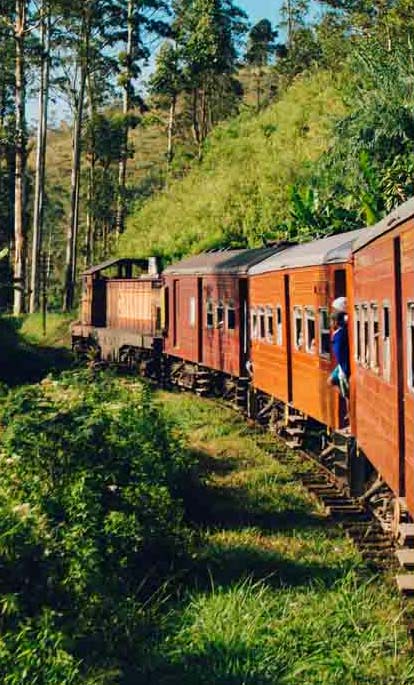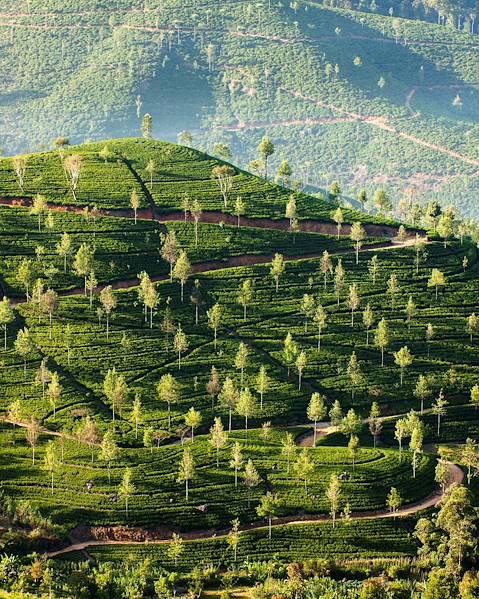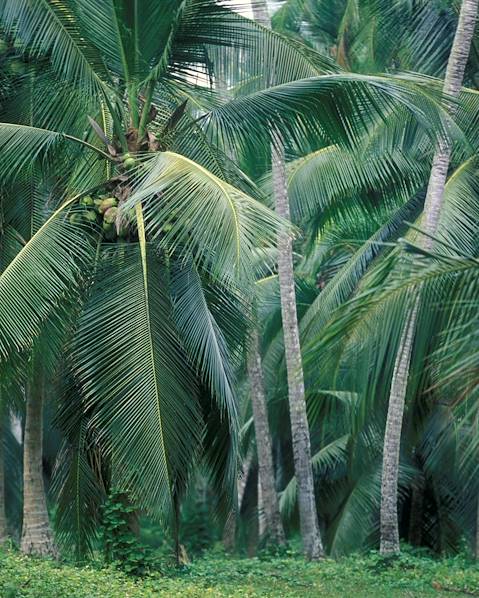Whether its shape reminds you of a pear or a tear drop, you’ll find the charming island of Sri Lanka nestled below India and stretching just 272 miles from north to south. Despite the country’s small size – the 17th smallest in Asia, to be precise – Sri Lanka is bursting with a diverse range of natural wonders set to impress, whether that be the dense vegetation in the south-west or towering mountains in the heart of the country. It’s a world that loudly invites you to soak up its natural, historical and cultural riches, so read on to discover what makes the geography of Sri Lanka so enticing.
Sri Lanka’s Landscape
Sri Lanka can be divided into three main areas – the central highlands, the plains and the coastal belt. These are roughly based on elevation, and each one boasts its own unique traits.
Central Highlands
This region of Sri Lanka is widely branded as the beating heart of the country. It consists of a high plateau that runs north to south for 40 miles, the highest point being Pidurutalagala in the south-central region, standing proud at 8,281ft. In the north lies Knuckles Massif, rising just over 5,900ft and littered with deep gorges, knee-wobbling cliffs and commanding peaks. The Central Highlands are also home to the country’s best hikes, with the likes of Adam’s Peak and Pidurangula offering once-in-a-lifetime views. Get your hiking boots and cameras at the ready as the Central Highlands invite you to revel in the rocky geography of Sri Lanka.
The Plains
Meeting the central highlands in the south-west, the mountain ranges end abruptly to give way to the rolling plains, lying 98-656ft above sea level. This region is home to Horton Plains, the coldest and windiest place in the country. It was declared a UNESCO World Heritage site in praise of its endemic flora and fauna, vibrant grasslands and evergreen forests. With splashes of vibrant green and fluffy puffs of clouds in every direction, the plains are a magnificent celebration of Sri Lanka’s natural world.
The Coastal Belt
Wrapping itself around the island’s perimeter is the Coastal Belt, spanning an impressive 830 miles. You won’t fall short of beaches to find – the glistening sand attracts sun seekers and wave riders year-round. Keep in mind that monsoons drench different parts of the island during different times of the year, so you’ll want to be enjoying the south-west coast between November and April, and the east coast from May to September. Kabalana, Mirissa, Unawatuna and Dalawella are some of the paradises itching to be discovered and warm your feet with their golden sands.
















